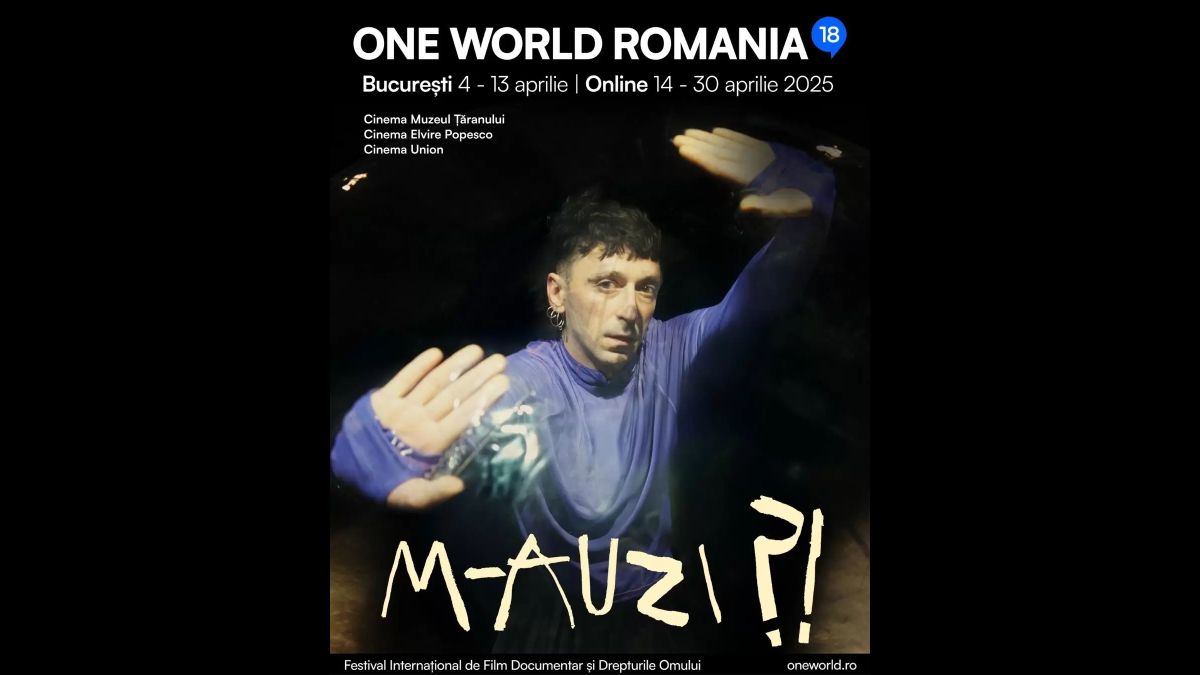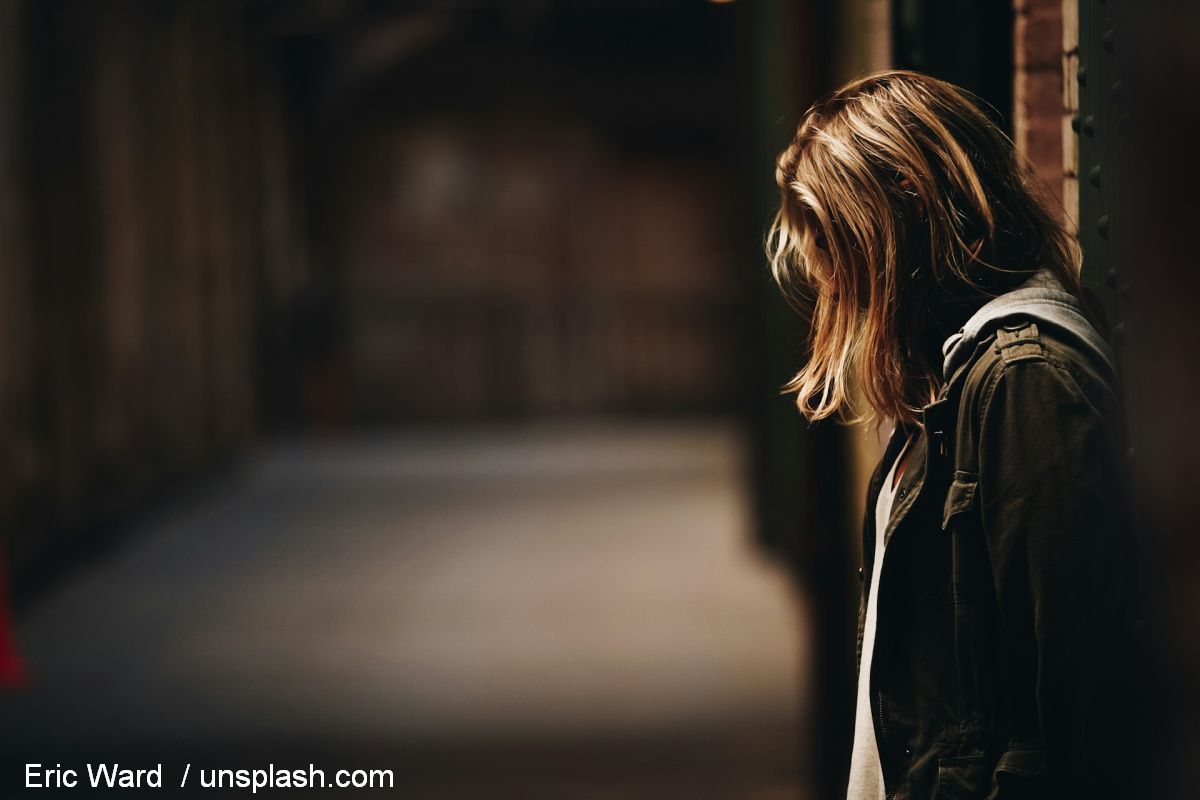Projects aimed at reducing seismic risks in Bucharest
Located in the seismic region of Vrancea, Romanias capital city, Bucharest, stands good chances to be hit by two major earthquakes a century as it happened back in 1940 and 1977, when the city was devastated by two powerful earthquakes of 7.4 degrees on

Christine Leșcu, 11.12.2019, 14:15
42 years on from the latest seismic
disaster, through a project entitled Antiseismic District, two NGOs – the
Romanian Association for Culture, Education and Normality (ARCEN) and Re:Rise -
are trying to provide an answer to the question, ‘how is Bucharest and its
residents prepared to cope with another major earthquake’. The project aims at
training 20,000 Bucharesters to deal with seismic vulnerabilities in the event
of another devastating earthquake which cannot be predicted beforehand. Under
the Romanian legislation, buildings in Bucharest have been included in seismic
risk categories ranking from 1 to 4. According to ARCEN director Edmond
Niculusca, to most Bucharesters the legislation is ambiguous, difficult to
understand and people are by no means ready for another event of this
kind.
Edmond Niculusca: According
to the city hall, Bucharest currently has 300 buildings in the first category
of seismic risk. But there are also more than 16 hundred buildings which have
been included in emergency categories. Under the legislation, these emergency
categories are used for prioritizing the buildings with the highest seismic
risk that must be consolidated first. So, officially Bucharest has over 2,000
buildings of high seismic risk, which could collapse in the event of a major
earthquake. In reality this number is much lower and the real number of these
buildings in urgent need of consolidation is pretty much unknown.
According to experts with the
Technical University of Construction, a 7.5 Richter earthquake at a depth of 90
kilometers would cause significant damage to 42% of Bucharest’s buildings. Some
of these, especially those built before 1963, are expected to be razed to the
ground, while others will become unusable. But what can people do in order to
diminish the effects of such a devastating earthquake. Here is again at the
microphone Edmond Niculusca.
Edmond
Niculusca: We encourage people to do
the things they, as individuals, can do and assume this responsibility, which
enables them to make the difference between life and death, between major
financial damage and moderate damage.
One of the things people can do is
to have a survival kit, which should include reserves of water and food
supplies, a first aid kit, a portable radio, a whistle and several clothes.
Residents whose blocks of flats were built before 1977, can ask for their reinforcement
as the law provides for a free technical expertise as well as for loans to fund
the works. Only owners associations may benefit the aforementioned facilities,
which aren’t available to individual owners. Here is construction engineer
Matei Sumbasacu with more on this issue.
Matei Sumbasacu: We imagine
that reinforcing these buildings is the only measure meant to reduce seismic
risks, but that’s a false assumption. There are also other ways to get prepared
for a disastrous event of this kind. The first thing is a dialogue with the
neighbors on the probability of such an event. This is how Re:Rise came into
being. I remember when I was living in a vulnerable block of flat I used to
hold talks with my neighbors on Saturdays about the probability of a big
earthquake to hit Bucharest. And those proved to be very useful discussions
from which we learnt a lot and which eventually led to the gradual involvement
of my neighbors in these anti-earthquake preparations.
The involvement of citizens in this
process may lead to an increased information level and the setting up of some
communities, which could help each other out and reduce the effects of the
disaster. However, as Edmond Niculusca recalls, bringing people together in
this process is no easy task.
Edmond
Niculusca: In fact this is very
difficult. Our first meetings as part of the Antiseismic District project were
being attended by no more than 8 persons. It is very important though difficult
to speak about a city, the city you live in, which is actually endangering your
life. But it is wrong to not do it as well and leave things unchanged. This is
another challenge for us, namely to convince people to have their buildings
technically investigated by experts. Few buildings have been reinforced in the
past 30 years and things aren’t likely to improve in this respect. I am not
sure there is enough money for reinforcing all the buildings that need to be
reinforced. Unfortunately the situation is the same at community level; there
is too much red-tape and people don’t trust the authorities very much. But we
want to encourage people to start considering the seismic risks they are
presently facing and get involved in order to reduce these risks.
(translated by bill)






























